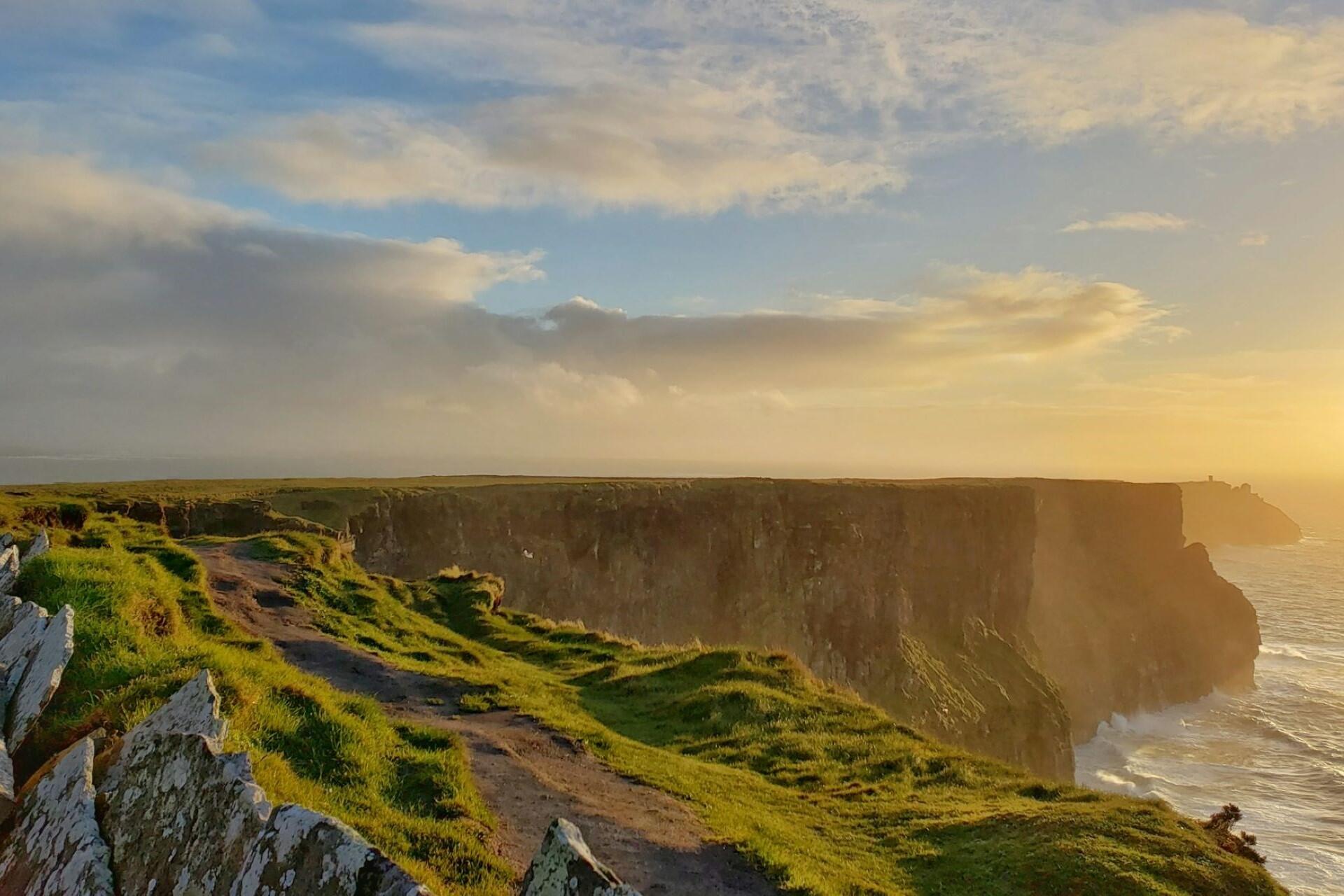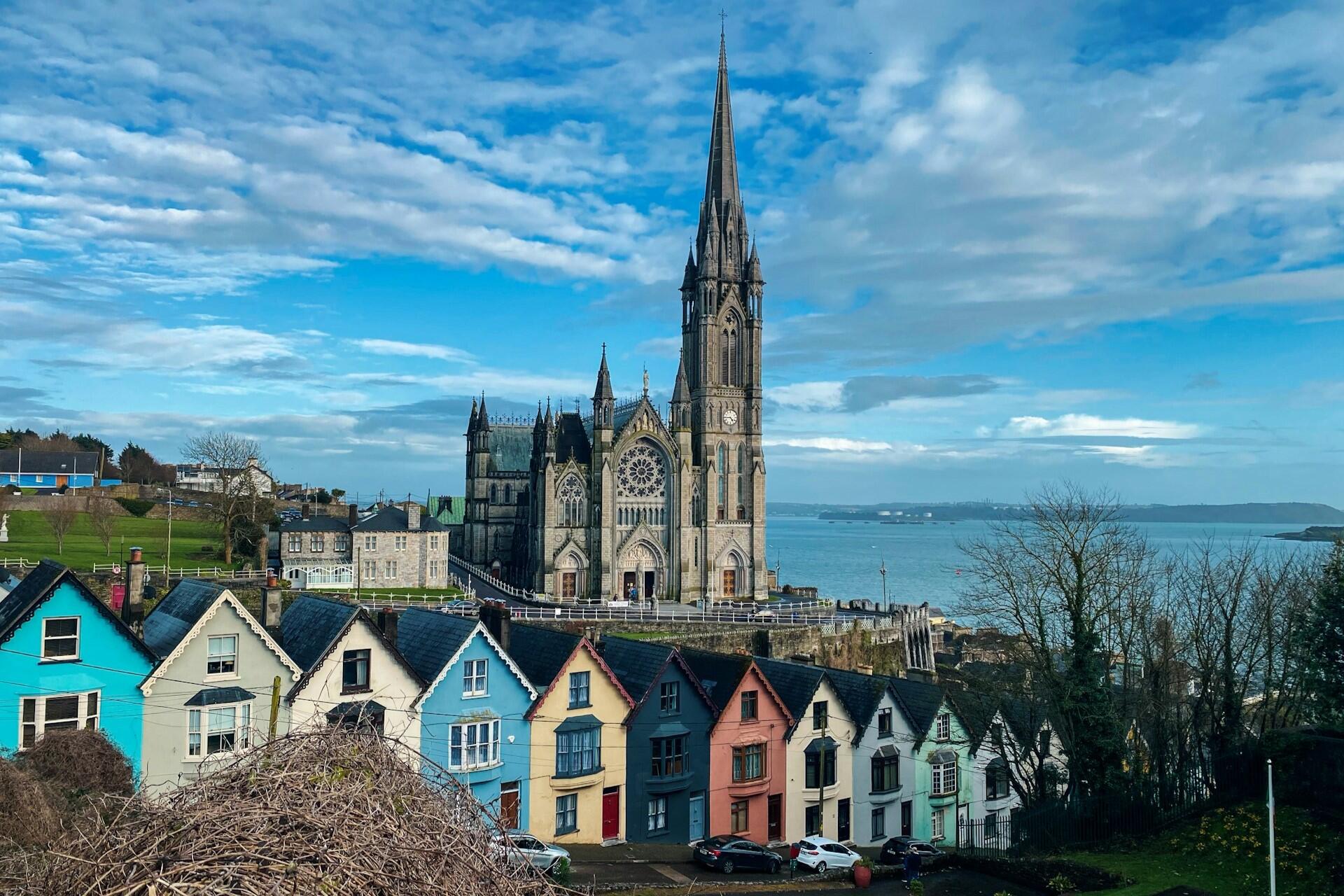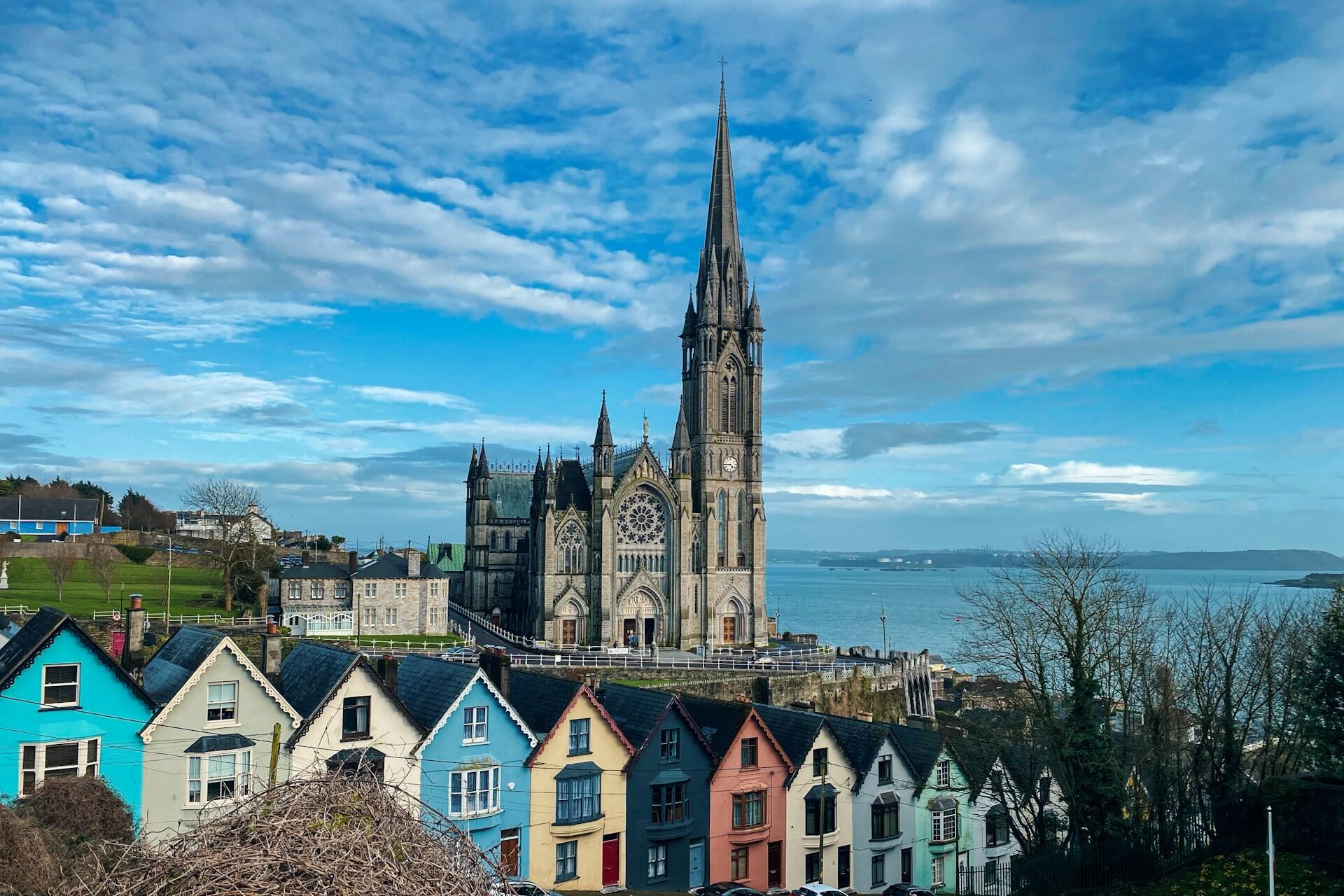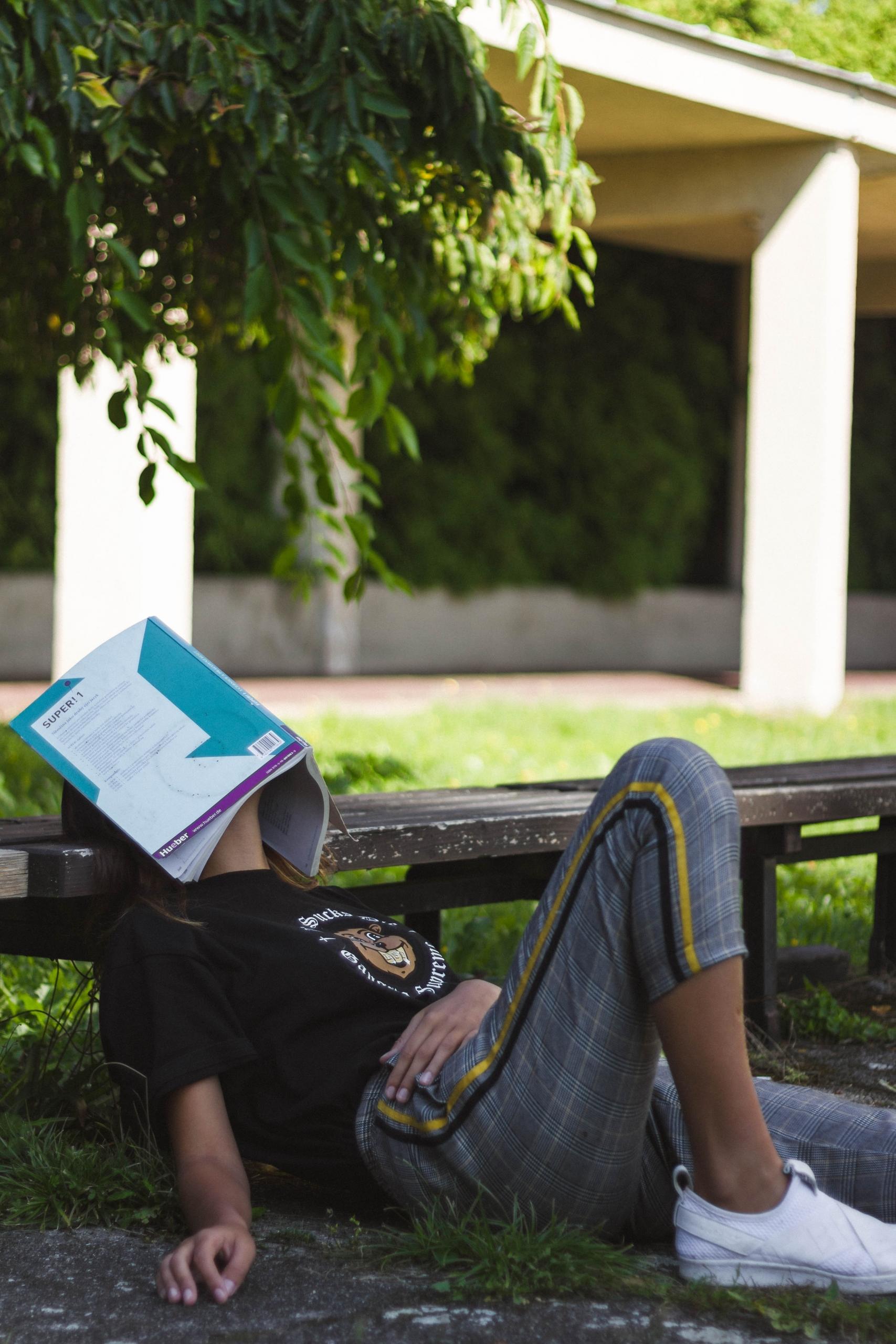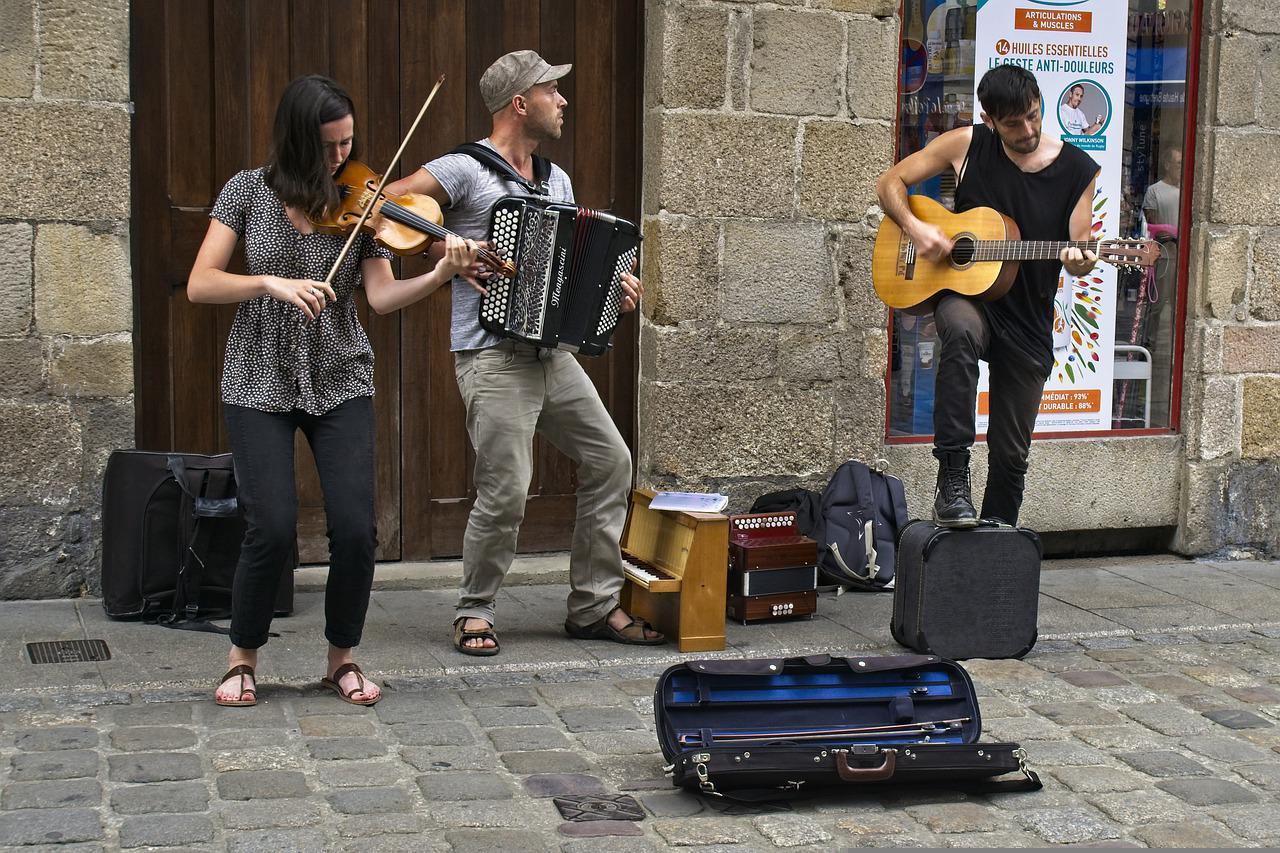Irish mythology includes a captivating collection of ancient legends, heroic tales, and mystical beings. These have shaped Ireland's cultural identity and are deeply rooted in Celtic traditions. They've evolved through oral storytelling, manuscripts, and modern adaptations.
These are more than just fantastical stories. They reflect the values, struggles, and beliefs of the people who first told them while echoing many of the same for those who hear them today.
Irish mythologies are closely linked to the Gaelic language and Celtic traditions, as well as Welsh, Scottish, and Norse mythologies. Let's explore the four mythological cycles, legendary figures, and symbolic themes to learn more.

The Foundations of Irish Mythology: A Legacy of Ancient Tales
Irish mythology is one of Europe's most ancient and well-preserved mythological traditions. Unlike Greek and Norse mythology, Irish myths are part of a vast network of interconnected stories, historical legends, and folk traditions.
The tales in Irish mythology were first passed down orally before being recorded in medieval manuscripts, which helped them survive for centuries.
Irish mythology flourished in the Celtic culture of 2,000 years ago. The Celts revered nature, their gods, and heroic warriors, creating a belief system that intertwined the mortal and divine.
Mythology explained the mysteries of the world and passed down moral lessons. It shaped laws, traditions, customs, battle strategies, and religious practices. Stories like Tuatha Dé Danann explained Ireland's landscape, while those like The Children of Lir provided moral teachings on loyalty, sorrow, and destiny.

Eventually, monks wrote down Irish myths during the medieval period. Some of the most famous sources include:
- The Book of Invasions (Lebor Gabála Érenn) – A mythological history of Ireland, detailing the successive races that inhabited the land, including the divine Tuatha Dé Danann.
- The Book of Leinster – A 12th-century manuscript that preserves many early myths, including stories from the Ulster Cycle.
- The Táin Bó Cúailnge (The Cattle Raid of Cooley) – One of the most famous Irish epic tales, chronicling the heroic deeds of Cú Chulainn.
Early Irish monks recorded myths in texts like the Book of Leinster, helping preserve Irish folklore despite invasions and cultural shifts.
The Four Cycles of Irish Mythology
In Irish mythology, there are four major cycles. These include the interconnected legends, gods, heroes, and historical figures.
Understanding these cycles, from the divine beings and mythical creatures who shaped the land to the legendary warriors who defended it, can make Irish mythological storytelling a little clearer.
The Mythological Cycle – The Gods and the Tuatha Dé Danann
The oldest cycle is the mythological cycle, which focuses on the Tuatha Dé Danann, the supernatural beings who ruled Ireland before humans arrived.
The Coming of the Tuatha Dé Danann
Their arrival in Ireland, bringing powerful knowledge, magic, and culture.
The Battles of Mag Tuired
A series of wars between the Tuatha Dé Danann and their formidable enemies, the Fomorians, who represented chaos and destruction.
The Rule of Lugh and the Rise of the Dagda
The rise of legendary figures such as Lugh, the god of many skills, and Dagda, the father figure of the gods.
The Ulster Cycle – Heroes, Kings, and Epic Battles
The Ulster Cycle is a period of warriors, kings, and legendary battles, similar to Greek epics such as the Iliad. These stories take place in the province of Ulster and centre around Cú Chulainn, the most famous hero of Irish mythology.
Táin Bó Cúailnge (The Cattle Raid of Cooley)
One of Ireland’s greatest epic stories, detailing how Queen Medb of Connacht waged war against Ulster to steal a prized bull.
The Boyhood Deeds of Cú Chulainn
The origin story of Ireland’s most famous warrior, including his legendary battle rage (ríastrad).
The Curse of Macha
A tragic tale explaining why the men of Ulster were cursed with great weakness in times of war.
The Fenian Cycle – Fionn Mac Cumhaill and the Warrior’s Journey
The Fenian Cycle, or Ossianic Cycle, focuses on Fionn Mac Cumhaill, the leader of the Fianna. The Fianna were a band of heroic warriors bound to a strict code of honour. These stories include themes of adventure, loyalty, and the connection between warriors and nature.
Irish myths, particularly from the Fenian Cycle, share themes of heroic warriors and magical quests, similar to King Arthur’s knights.
The Boyhood of Fionn Mac Cumhaill
The origin story of Fionn, including his gaining of wisdom by tasting the Salmon of Knowledge.
The Pursuit of Diarmuid and Gráinne
A tragic tale of love and betrayal, in which Gráinne, the fiancée of Fionn, falls in love with his warrior Diarmuid.
The Giant’s Causeway Legend
One of the most famous myths in Ireland, which tells how Fionn built a path to Scotland to challenge the Scottish giant, Benandonner.
The Historical Cycle – Kings, Legends, and the Making of Ireland
The Historical Cycle, also known as the Cycle of Kings, blends myth and history with tales of legendary Irish kings and the realms they ruled.

Some of these are based on actual historical rulers, while others are mythologised versions of Ireland's early history.
The Legend of Labraid Loingsech
A mythical king with horse's ears whose secret was kept hidden until it was accidentally revealed through music.
The Adventures of Conn of the Hundred Battles
A tale of one of Ireland’s most famous kings, who was guided by otherworldly forces.
The Kingship of Tara
The ancient stories surrounding Tara, the sacred seat of Irish kingship, where legendary rulers were chosen by fate and divine approval.
Famous Figures and Stories in Irish Mythology
Irish mythology features many important figures and characters, but these are some of the most important.
They tend to represent the Celtic world's values, struggles, and heroic ideals.
The Tuatha Dé Danann – The Legendary People of the Gods
The Tuatha Dé Danann were a mystical race of gods and supernatural beings. Ruling over Ireland before the mortals arrived, they're known for their great wisdom, magical abilities, and powerful artefacts.
Famous Tuatha Dé Danann include:
Dagda
The father-figure of the gods, known for his great strength, wisdom, and magical cauldron that never ran empty.
Lugh
A warrior and master of all skills who led the Tuatha Dé Danann to victory in battle.
Danu
The mysterious and revered mother goddess from whom the Tuatha took their name.
Brigid
The goddess of poetry, healing, and fertility, later associated with Saint Brigid in Christian tradition.
Lugh – The Multifaceted Warrior God
Speaking of Lugh, or Lugh of the Long Arm, this is arguably the most revered Irish deity. A versatile god, he was famous for being a master of warfare, arts, and strategy.
- He was a warrior, king, and master of all trades, excelling in everything from sword fighting to poetry.
- He played a crucial role in the Second Battle of Mag Tuired, leading the Tuatha Dé Danann to victory over the Fomorians.
- His spear, one of Ireland's four great treasures, was considered unbeatable in battle.
The Tragic Tale of the Children of Lir
The tragic tale of the Children of Lir is about four siblings who were cursed and transformed into swans for 900 years.
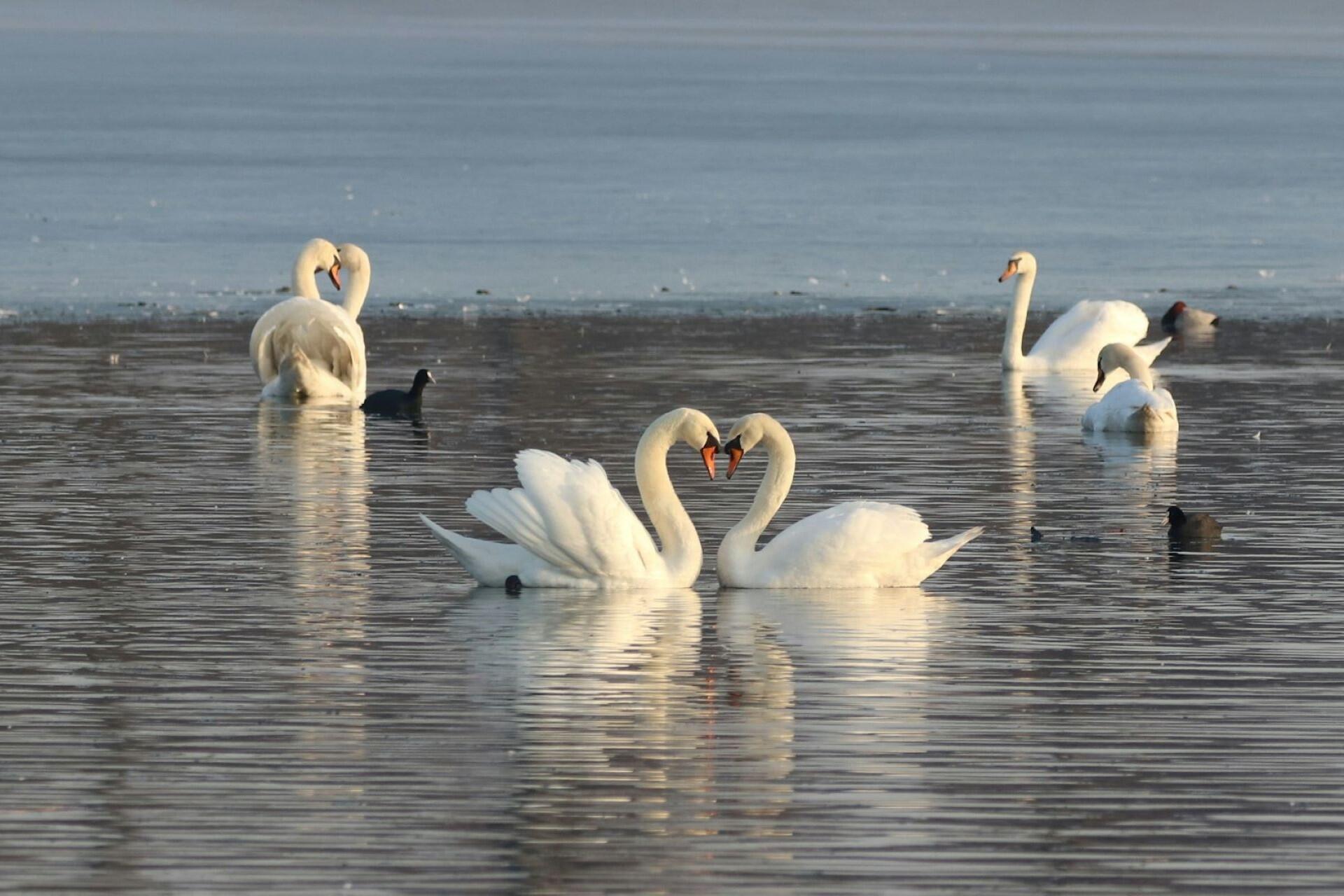
Here's roughly how it goes:
- Lir, a ruler of the Tuatha Dé Danann, had four beloved children: Fionnuala, Aodh, Fiachra, and Conn.
- When their mother died, Lir remarried Aoife, who became jealous of the children and cast a spell upon them.
- The curse turned them into swans, forced to wander across lakes and seas for centuries.
- Eventually, they regained their human forms, but by then, the world had changed, and they died shortly after.
Cú Chulainn – The Champion of Ulster
Cú Chulainn is a hero of the Ulster Cycle. Because of his incredible strength, courage, and warrior skills, he could be compared to Achilles.
His legend includes famous aspects such as:
- As a child, he displayed superhuman abilities, earning his name after slaying the guard dog of the blacksmith Culann.
- He single-handedly defended Ulster in the Táin Bó Cúailnge (Cattle Raid of Cooley), battling entire armies while under the influence of his famous battle frenzy (ríastrad).
- His tragic death, foretold in prophecy, was brought about by deception and the use of his own supernatural weapons against him.
Fionn Mac Cumhaill – The Leader of the Fianna Themes and Symbolism in Irish Mythology
Fionn Mac Cumhaill was a legendary warrior from the Fenian Cycle. He led a band of heroic warriors known as the Fianna. He was known for his wisdom and strength and his connection to the mystical and natural worlds.
Key parts of his legend:
- As a boy, he gained great wisdom by accidentally tasting the Salmon of Knowledge, granting him access to all the world’s knowledge.
- He led the Fianna, a warrior group dedicated to protecting Ireland and living by a strict code of honour.
- The tale of The Pursuit of Diarmuid and Gráinne tells of how Fionn’s fiancée, Gráinne, fell in love with his warrior Diarmuid, leading to a tragic pursuit.
The Enduring Influence of Irish Legends in the Modern World
Irish mythology remains an important part of modern literature, film, folklore, and cultural celebrations. The myths of Celtic gods, warriors, and magical beings still inform how we tell stories today to understand Irish heritage and the enduring symbols in them.

Irish mythology is incorporated into literature and film, including The Lord of the Rings, The Mists of Avalon, The Secret of Kells, and Song of the Sea, not to mention in music and even on Irish tattoos.
Across Ireland, there are many festivals and traditions based on mythology, including Samhain, Lughnasadh, and St. Patrick's Day. These festivals and traditions use Irish music, dance, and storytelling to keep these legends alive.

